Guo Heng
3rd October 2017 - 8 min read
[UPDATE] We have a newer, better version of this article, complete with all the new changes for 2016 *right here*!
Tax season is here again and if you have yet to file your taxes, fear not, we have a comprehensive guide for you here. This guide is targeted to both first time taxpayers and veterans alike and covers tax assessment year 2014.
The Malaysian Taxation System
Seasoned taxpayers can skip this segment. In a nutshell, the Malaysian tax system is progressive, which means you only pay the higher rate on earnings above the previous rate tier. The system ensures you would never have less net income after tax for earning more.
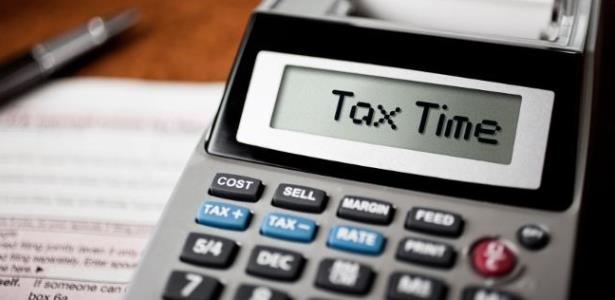
Taxable income consists of the sum of the income you earn that are taxable. Taxes are levied only on your chargeable income, the portion of your taxable income after taking into account tax exemptions and tax reliefs.
Rates for Assessment Year 2014 (For Filing by April 2015)
| Chargeable Income (RM) | Calculation (RM) | Rate (%) | Tax (RM) |
|---|---|---|---|
| 0 – 2,500 | On the first 2,500 | 0 | 0 |
| 2,501 – 5,000 | On the next 2,500 | 0 | 0 |
| 5,001 – 10,000 | On the first 5,000 | * * | 0 |
| * * | On the next 5,000 | 2 | 100 |
| 10,001 – 20,000 | On the first 10,000 | * * | 100 |
| * * | On the next 10,000 | 2 | 200 |
| 20,001 – 35,000 | On the first 20,000 | * * | 300 |
| * * | On the next 15,000 | 6 | 900 |
| 35,001 – 50,000 | On the first 35,000 | * * | 1,200 |
| * * | On the next 15,000 | 11 | 1,650 |
| 50,001 – 70,000 | On the first 50,000 | * * | 2,850 |
| * * | On the next 20,000 | 19 | 3,800 |
| 70,001 – 100,000 | On the first 70,000 | * * | 6,650 |
| * * | On the next 30,000 | 24 | 7,200 |
| 100,000 and above | On the first 100,000 | * * | 13,850 |
| * * | On every following ringgit | 26 | …… |
Taxable Income
The following sources of income are considered taxable in Malaysia:
- Business or profession
- Employment
- Dividends
- Interests (except bank deposit interests)
- Discounts
- Rent collected
- Royalties
- Premiums
- Pensions
- Annuities
On top of that perquisites – benefits or perks that come with your employment that can be converted into monetary value – are taxable including bill claims, company credit cards, company loans, sponsored club memberships, sponsored child tuition fee, personal driver and any benefits offered by your employer that could be converted into cash.
For example, if your company paid for your mobile phone bill which amounted to RM100 per month for the tax year of 2014, that RM2,400 in phone bills are taxable and is added to your taxable income.
Benefits in kind are also taxable. Benefits in kind are benefits or perks that come with your employment that could not be converted into monetary value like cars, lodging, electronics and home furnishing.
As benefits in kind has no equivalent monetary value, their value for taxation purposes are calculated using one of the following methods:
The formula method: Annual value of benefit = Value of asset / Asset’s lifespan
The prescribed value method: Assigns a predetermined valued from a list sorted by classification of asset.

Chargeable Income
Chargeable income is the portion of your income that is taxable after deducting tax reliefs and tax exemptions. The formula to calculate your chargeable income is:
Chargeable income = Taxable income – Tax exemptions – Tax reliefs
For example, if you earned RM42,000 in the tax year of 2014, and assuming you do not have any tax exemptions and no other tax reliefs beyond the basic ones, your chargeable income would be calculated as follows:
Taxable income: RM42,000
Tax relief: RM9,000 in individual tax relief + RM4,620 in EPF contribution tax relief (11% of RM42,000, which is RM4,620)
Putting both taxable income and tax reliefs together, we get:
Chargeable income = RM42,000 – RM9,000 – RM4,620 = RM28,380
Your chargeable income would fall under the 20,001 – 35,000 bracket. You would pay RM300 on the first RM20,000 and 6% on the remaining RM8,380 (RM502.80) which totals to RM802.80.
Individuals with chargeable income under RM35,000 are entitled to an RM400 tax rebate.
You tax for the tax assessment year of 2014 would be just RM402.80.
Tax Exemption
Tax exemptions are “a personal allowance or specific monetary exemption which may be claimed by an individual to reduce taxable income”. Tax exemption are items which are completely removed from your taxable income, unlike tax reliefs which are deductions upon your taxable income.
The following items are qualified for tax exemption:
- Leave passage
- Medical and dental benefit
- Retirement gratuity
- Gratuity paid out of public funds
- Gratuity paid to a contract officer
- Compensation for Loss of Employment
- Pensions
- Death gratuities
- Scholarships
- Income of an individual resident in Malaysia in respect of his appearances in cultural performances approved by the Minister
- Income Remitted from Outside Malaysia
- Fees or Honorarium for Expert Services
- Income Derived from Research Findings
While the following items are included under taxable income, they are tax exempted if they fall under certain criteria.
- Interests
- Dividends
- Royalties
Please refer to the Inland Revenue Board of Malaysia’s page on tax exemption for further information regarding the items above.
Tax Relief
Tax relief is “an amount that can be deducted from a person’s annual income to reduce the amount on which tax is paid”. Unlike tax exemptions in which the items are completely removed from your taxable income, tax reliefs are items that reduce your total chargeable income.
The following table details the tax reliefs available to individual tax payers.
| Individual Relief Category | Relief Amount (RM) |
|---|---|
| Self and dependent | 9,000 |
| Medical expenses for parents | Up to 5,000 |
| Basic supporting equipment (disability) | Up to 5,000 for assessment year 2014 |
| * * | up to 6,000 for assessment year 2015 onward |
| Disabled individual | 6,000 |
| Education fees (individual) | Up to 5,000 |
| Medical expenses for serious diseases | Up to 5,000 for assessment year 2014 |
| * * | up to 6,000 for assessment year 2015 onward |
| Complete medical assessment | Up to 500 |
| Purchase of books, journals, magazines and publications | Up to 1,000 |
| Purchase of personal computer (once in every 3 years) | Up to 3,000 |
| Net saving in SSPN’s scheme | Up to 3,000 |
| Net saving in SSPN’s scheme (with effect from year assessment 2012 until year assessment 2017) | Up to 6,000 |
| Purchase of sport equipment for sport activities | Up to 300 |
| Interest expended to finance purchase of residential property* | Up to 10,000 |
| Husband/Wife/Alimony payments | Up to 3,000 |
| Disabled wife/husband | 3,500 |
| Ordinary child relief | 1,000 |
| Each unmarried child of 18 years and above who is receiving full-time education (“A-Level”, certificate, matriculation or preparatory courses) | 1,000 |
| Each unmarried child of 18 years and who is receiving further education in Malaysia | 4,000 |
| Each unmarried child of 18 years and who is receiving further education outside Malaysia | 6,000 |
| Disabled Child | 5,000 for assessment year 2014 |
| * * | 6,000 for assessment year 2015 onward |
| Additional exemption for a disabled child age 18 years old and above, unmarried and pursuing a diploma or higher qualification in Malaysia or a bachelor degree or higher outside Malaysia | 4,000 |
| Life insurance and EPF | Up to 6,000 |
| Premium on new annuity scheme or additional premium paid on existing annuity scheme commencing payment from 01/01/2010 | Up to 1,000 |
| Deferred Annuity and Private Retirement Scheme (PRS) | Up to 3,000 |
| Insurance premium for education or medical benefit | Up to 3,000 |
Please refer to the Inland Revenue Board of Malaysia’s page on tax reliefs for further information regarding the items above.
Tax deductions
Tax deductions are similar to tax reliefs as they both allow you to reduce your chargeable income.
You are allowed to deduct up to 7% of your taxable income for gifts to government-approved charities or institutions. For example if you made RM42,000 last year and you donated RM3,000 to a government-approved institution, you could deduct RM2,940 (7% of RM42,000) from your chargeable income.
Tax Rebates
Unlike tax exemptions and tax reliefs which are reductions in your chargeable income, tax rebates are further reductions in the amount of tax you pay after you have calculated your tax for the year.
Individually, if your chargeable income is less than RM35,000, you are eligible for an RM400 tax rebate. If the combined chargeable income of both you and your spouse amounts to less than RM35,000, there is an additional RM400 of rebate available for both of you as a couple.
Tax rebate for zakat and fitrah are also available for Muslim taxpayers with the amount dependent on the maximum amount of tax charged.
Threshold for Paying Tax
The taxable income threshold for paying tax for tax assessment year 2014 is RM34,455.
Here’s how we got to the figure:
Chargeable income = RM34,457 – RM9,000 (individual tax relief) – RM3,790 (EPF tax relief, 11% of RM34,457)
Chargeable income = RM21,667
Total tax levied on chargeable income = RM300 (for the first RM20,000) and RM100 (6% of the remaining RM1,667) = RM400
Taking into account tax rebate of RM400 for taxpayers with chargeable income under RM35,000, we get:
Total tax paid = RM400 – RM400 = RM0
Note that you’ll still need to file your taxes even though you are not paying a sen of income tax. You can only skip filing your taxes if your taxable income is under RM30,667 as per LHDN’s website.
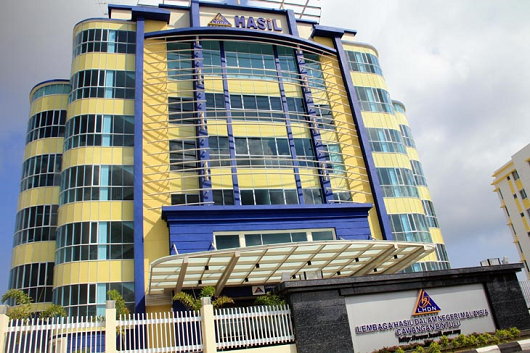
Final Reminder
The 2014 tax assessment year follows the calendar year, so the 2014 tax year is effective from 1st January 2014 to 31st December 2014.
Note that your employer would be paying your taxes on your behalf using the PCB / MTD System (Potongan Cukai Bulanan / Monthly Tax Deductions), which does not take into account your additional tax reliefs besides the basic ones like individual tax relief, marital status and number of children. It’s likely that the system overpays on your behalf.
Besides manual filing, taxpayers can start submitting their income tax return forms for assessment year 2014 through e-filing. The due date for the submission of return forms are as follows:
- Employers (Form E) is 31 March 2015
- Residents and non-residents with non-business income (Form BE and M) is 30 April 2015
- Residents and non-residents with business income (Form B and M) is 30 June 2015
- Partnerships (Form P) is 30 June 2015
Note that you must keep your records for 7 years from the date of filing so don’t throw away any receipts or evidence of tax reliefs properly.


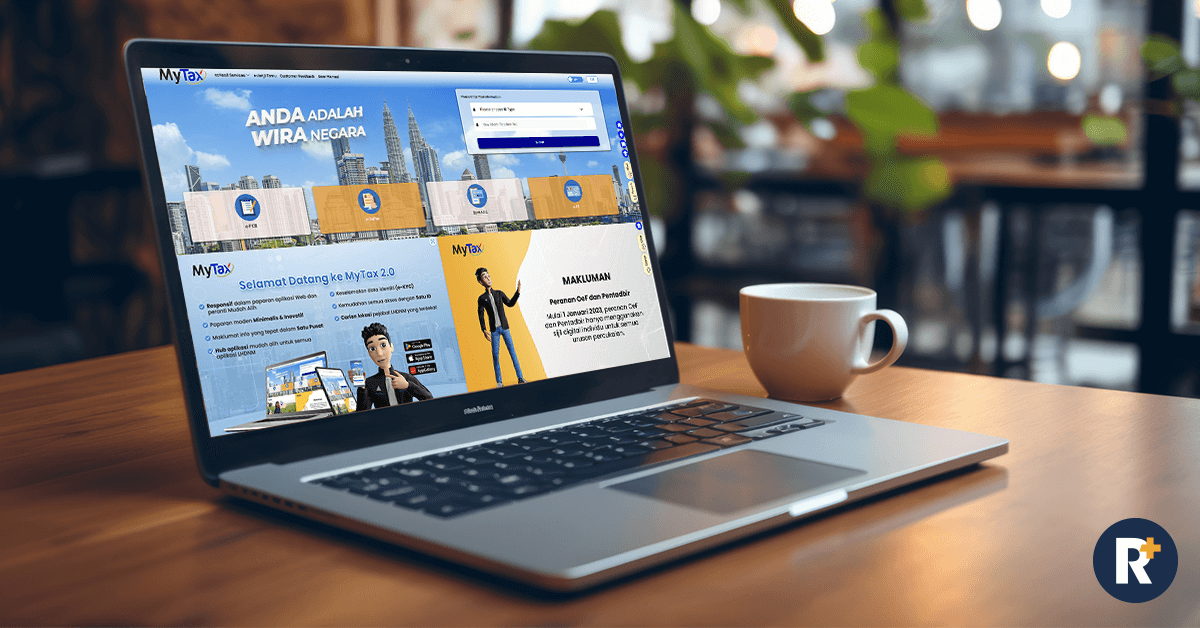
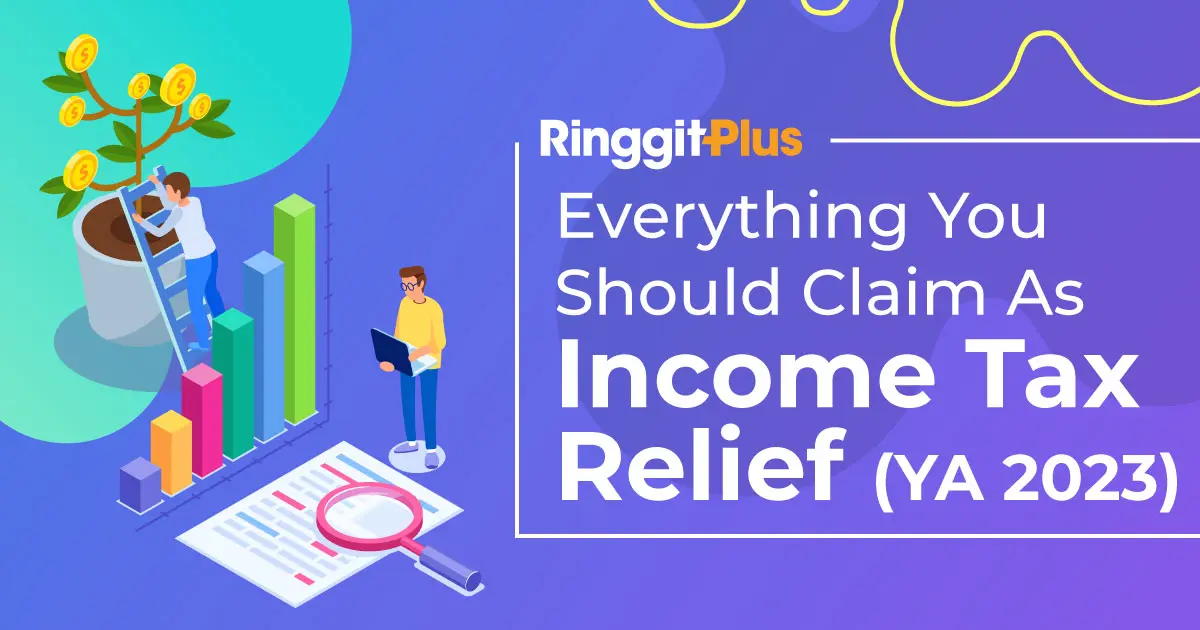

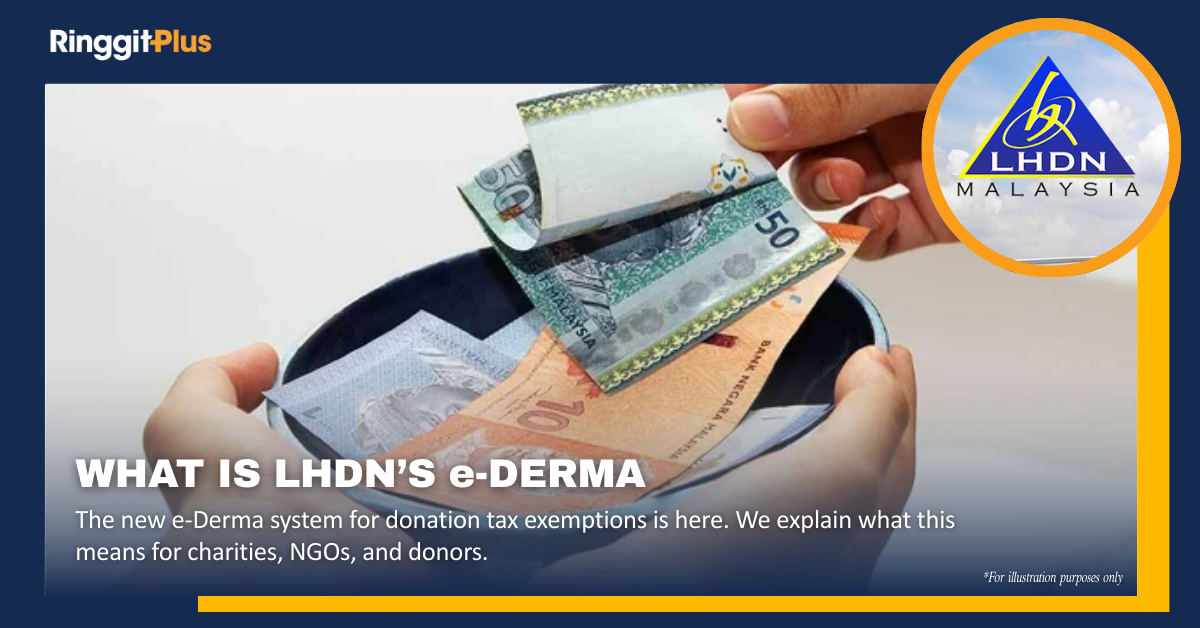




Comments (0)